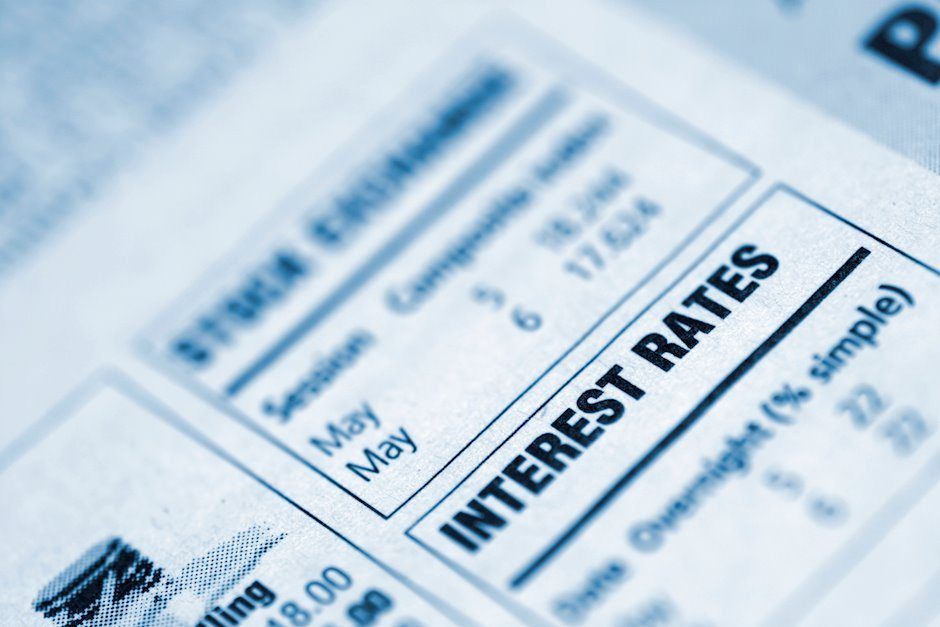New national debt milestone signals currency crisis ahead

The U.S. reached a $30 trillion milestone this week. Instead of signifying a great achievement, though, it serves as a dire warning for American workers, investors, and retirees.
On Tuesday, the Treasury Department reported that total public debt outstanding surpassed $30,000,000,000,000.
That’s a lot of zeroes. It amounts to $231,000 per household.
Interest on the debt currently costs taxpayers $900 million per day, or $330 billion per year. Enormous as that sum may seem, it is artificially low at present due to depressed interest rates.
Despite talk of hiking later this year, the Federal Reserve continues to hold short-term rates near zero. It has also been actively intervening in the bond market to help keep a lid on longer-term bonds issued by Uncle Sam.
Were rates to normalize relative to inflation (which is running at 7% per the latest Consumer Price Index reading) debt servicing costs would become a full-fledged budgetary crisis. Without drastic cuts to outlays and/or increases in revenues, federal finances would enter a terminal death spiral.
It may only be a question of when the debt grows so large that it cannot be serviced – at least not using conventional methods.
According to Michael A. Peterson, CEO of the Peter G. Peterson Foundation, “We are already staring down the barrel at $13 trillion additional debt over the next decade, and a staggering $30 trillion more in the ten years after that.”
The Peterson Foundation projects that interest will become the fastest growing segment of the federal budget, rising to consume nearly half of all tax revenue by 2050.
Before then, the proverbial straw may have already broken the camel’s back. Unsustainable financial paths can end abruptly.
No plausible path to fiscal soundness exists. Interest payments plus defense, entitlements, and other categories “mandatory” spending overwhelm any discretionary spending that could theoretically be cut.
Regardless of which party controls Congress or the White House in the years ahead, the inertia of rising spending and borrowing will be politically impossible to escape.
So what is the end game?
Although a debt default is technically possible, it can be averted in perpetuity under our monetary system.
The Federal Reserve can simply create all the currency the government needs to pay its bills. It can buy Treasury bonds in unlimited quantities. And it could even facilitate gimmicks such as trillion-dollar platinum coins that enable the Treasury Department to generate massive revenue streams without having to issue new bonds.
One way or another, the coming debt crisis will morph into a currency crisis.
It would likely build in a vicious circle: rapidly rising debt levels and servicing costs require rapid expansion of the currency supply – which in turn causes inflation to pressure interest costs higher.
“Free” money from the Fed has a cost, of course. And that cost will be borne by holders of U.S. dollars and dollar-denominated IOUs who see their purchasing power steadily obliterated.
It’s already happening.
The government is issuing bonds with hugely negative real yields, sticking bondholders with the equivalent of confiscatory taxes on their holdings.
Wise investors can see the writing on the wall. They are taking steps to protect themselves now from the great currency debasement ahead.
The investing climate is likely to be volatile. Unfortunately, inflationary times tend to bring wild price swings in all asset classes.
The one asset class sure to lose value is bonds and cash. They promise steady returns for conservative investors, but in an environment of negative real yields they will conserve nothing.
The only “cash” with a proven track record of conserving purchasing power over time is hard money – gold and silver.
It does require patience and commitment on the part of investors to keep holding onto their precious metals stack during the inevitable downturns carried out in futures markets. The inevitable upturns will more than make up for periods of underperformance.
During a currency crisis or 1970s-style stagflation cycle, a rush to safe havens can produce spectacular bull market gains in gold and silver over and above inflation.
The opportunity now is that metals are underpriced relative to the crisis protection they provide.
Silver in particular is historically cheap compared to just about any other commodity on the planet. The upshot is that when silver is ready to move, it can take off like a rocket.
To receive free commentary and analysis on the gold and silver markets, click here to be added to the Money Metals news service.
Author

Stefan Gleason
Money Metals Exchange
Stefan Gleason is President of Money Metals Exchange, the national precious metals company named 2015 “Dealer of the Year” in the United States by an independent global ratings group.
















